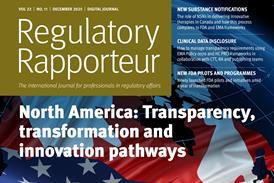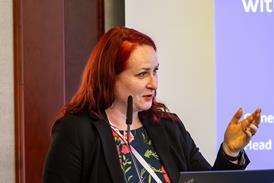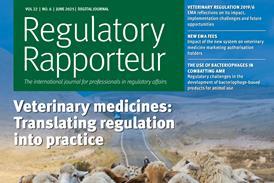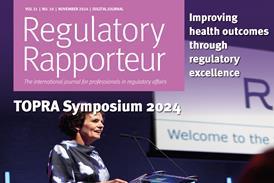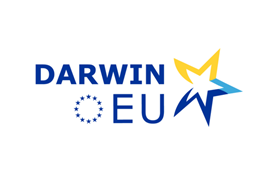CMC regulatory considerations for paediatric formulation development

Abstract
This article covers the challenges associated with the development of paediatric medicinal products, focusing on the complex regulatory framework, pharmaceutical forms, excipient selection, palatability and alternative administration strategies.
The paediatric regulations in the EU and US set the requirements for the development and submission of a plan, referred to as a ‘Paediatric Investigation Plan’ (PIP) in the EU and an ‘initial Pediatric Study Plan’ (iPSP) in the US. As different timelines are established in these regions for the submission of these documents, early dialogue and efficient communication between clinical, nonclinical and chemistry, manufacturing and controls (CMC) development teams is crucial for the successful development of an age-appropriate formulation.
Product development for the paediatric population often follows that of the adult formulation. However, dose administration in children poses specific challenges. Excipients used in these formulations that are acceptable for adults may not be suitable for children and therefore require careful selection to avoid adverse effects. Oral liquid formulations are one of the most used pharmaceutical forms for administration in children due to their ease of use, non-invasive administration and dosing flexibility. However, they have some limitations. There is an unmet need for alternative administration strategies that can include mixing with food, splitting tablets and other more innovative paediatric formulations, such as multiparticulates and minitablets.
Considering these options for the relevant paediatric population age ranges in early drug development is recommended to increase the likelihood of successfully developing a formulation that will meet the medical needs of the paediatric population.
How to read this journal article
Thank you for visiting Regulatory Rapporteur. Journal articles are restricted to TOPRA members and registered users.
If you are a TOPRA member, or have already registered for limited free access, log in now (Option 1 below).
Not yet a member? You can either join TOPRA (Option 2 below) or register to view limited content for free (Option 3 below).



